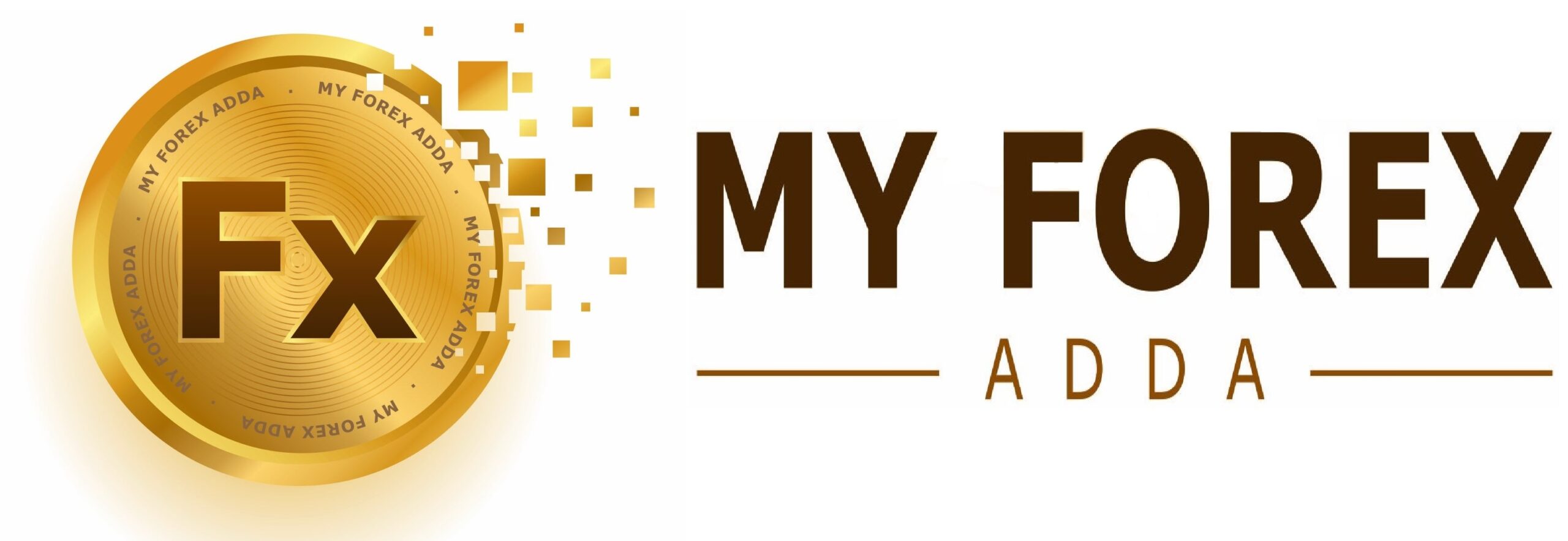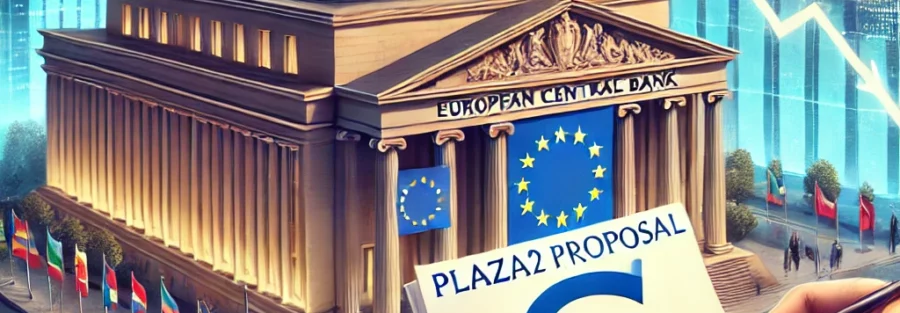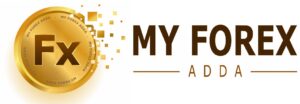There is ongoing speculation in financial markets that the Trump administration might push for a major agreement aimed at weakening the overvalued U.S. dollar. However, there are several challenges, especially the likely reluctance of Europe to participate.
For any repeat of the 1985 “Plaza Accord” — the agreement between the U.S. and its key allies to devalue an overly strong dollar and reduce America’s growing deficits — the name itself gives us a hint: “Accord.”
Even if Washington were to offer such a deal in exchange for suspending proposed import tariffs, there is significant doubt that coordinated dollar sales would make sense, as they could only lead to financial instability.
Moreover, it’s uncertain whether euro zone nations would be willing or able to join in. The European Central Bank (ECB) reiterated on Thursday that it remains in a state of credit easing, as the euro zone economy faces numerous challenges, both internally and externally.
This stark contrast with a robust U.S. economy and a tightening Federal Reserve explains much of the current strength of the dollar, fueled by significant flows of investment into U.S. equities and debt. Further easing from the ECB is expected this year, and a weaker euro — which is already close to record lows on a trade-weighted basis — would be seen as an essential part of any recovery and economic rebalancing plan. For the ECB to agree to weaken the dollar in this context would likely seem illogical from a Frankfurt perspective. The same argument could apply to China, even though there is a more direct line of communication with Beijing on such issues.
Even if “realpolitik” between the Trump administration and other governments in North America or Asia leads to a consensus, it’s unclear how this would play out in Europe.
While EU treaties suggest a vague collective role for euro zone finance ministers in guiding exchange rate policy, it remains unclear how this would work in the case of global intervention. The multinational ECB has traditionally been in control of such matters, and it is bound by mandates related to domestic inflation and financial stability. Therefore, it’s unlikely the ECB could engage in political deals on its own. Additionally, it’s uncertain how it would take direction from the euro zone group or how the group could even demand its participation.
The euro has often been described as “a currency beyond the state” due to its internal structure, and this could also hinder its role as a political bargaining tool. While a move driven by global financial stability might provide the ECB with some justification, any arrangement resulting from political pressure from Washington or Brussels would raise difficult questions about the ECB’s role as the guardian of the single currency.
Is a ‘PLAZA2’ a Pipe Dream?
Despite ongoing discussions about a potential global deal, the idea remains largely speculative. Investors are drawing comparisons between the 35% rise in the dollar’s real trade-weighted value over the past decade and the 40% surge seen in the five years leading up to the 1985 Plaza Accord under President Ronald Reagan.
Currency fund manager Stephen Jen recently made a lighthearted case for a “Mar-a-Lago Accord” on the 40th anniversary of Plaza this September. Jen’s main argument is that China might not be as opposed to a tariff-based agreement as many assume, and the cyclical weaknesses in China and Europe may be different later this year.
Trump’s first days in office have been marked by predictable warnings about the U.S. trade deficit, unfair practices, and currency manipulation, which could result in tariff hikes and other measures. However, he has avoided comments about directly devaluing the dollar, despite expressing concerns over its overvaluation during the 2024 presidential campaign.
An executive order on “America First Trade Policy” has tasked new Treasury Secretary Scott Bessent with recommending “appropriate measures to counter currency manipulation or misalignment that prevents effective balance of payments adjustments.” Commerce and trade officials are set to monitor the situation and design a response, potentially strengthening existing frameworks.
The Trump administration’s main issue with tariff threats is that markets see them as a reason to buy dollars, not sell them. Tariffs could harm the economies and currencies of affected countries, and the belief that they may be inflationary could keep U.S. interest rates high.
This policy stance presents a series of contradictions, including Bessent’s insistence on maintaining the dollar’s dominant global role.
Mark Sobel, a former U.S. Treasury official and now the U.S. chairman of the financial think tank OMFIF, recently criticized the Trump team’s “confusion” on currency issues. Sobel argued that U.S. deficits are driven by domestic factors, not foreign countries, and questioned both U.S. tax and tariff plans, as well as efforts to scientifically measure equilibrium exchange rates. He added that currencies are influenced by capital flows, which often outweigh current account flows. Therefore, the dollar’s overvaluation would only ease if the overwhelming investment focus on the exceptional performance of the U.S. economy and corporate sector shifts.
In short, don’t hold your breath for a grand currency agreement involving the euro/dollar exchange rate anytime soon.
The opinions expressed here are those of the author, a columnist for Reuters.





